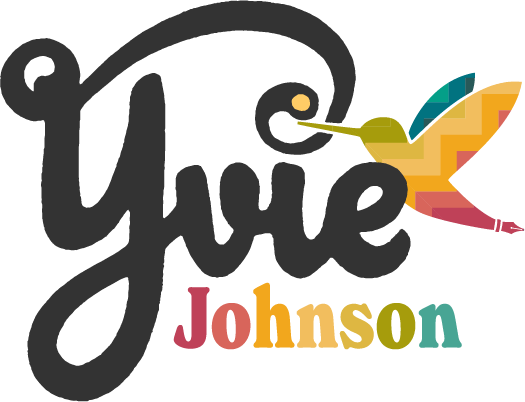
In the liminal
My second illustration created for the collaborative article “Cripping Climate Activism” between Women Enabled International and Revival Disability India by Anna Maria Joseph, with interviews by Àine, Lakshay and Tej.
When Anna asked me to create an illustration, I knew outright there was too much to illustrate in one piece. Here the aim is to show the positive synergy and negative outcomes of activism that are probably overlooked.
The questions of ‘how’ can disabled folx become involved in the climate agenda is illustrated, but potentially isn’t recognised. Activism is too often considered the active part of disruption, but activism comes in many forms, and can reinforce itself.

Here is a disabled, bed-bound activist (hello!) writing on their laptop sharing information in a blog, which may lead to paid work. Getting access to accurate and useful information is part of the whole narrative of climate justice because this culture war is not just about beliefs, it’s also about words.
This person’s article can be used as research at a climate conference. Research can just as easily be delivered by a disabled person with visible or invisible disabilities, as by someone who has no concept of that world.
The supporting protest marches that occur at the times of conferences can involve disabled protestors with their carers. However, it has been found that disabled protesters are likely to be recorded and their information sent to the DWP who in turn can decide to no longer offer disability benefits.
Not only do disabled people, who form part of the MAPA (Most Affected People and Areas) group, have to face the brunt of decisions taken on their behalf by uninterested parties, they can also lose possibly their only source of income for highlighting the precocious and collusive nature of business-as-usual.
How can you help?
Support your disabled activists.
Reinforce the inclusive agendas of all climate justice programmes.
Remember that if the basic level doesn’t include the needs of all disabled folx, then it’s not basic, it’s exclusionary.
To read the full article by Anna please click here.
